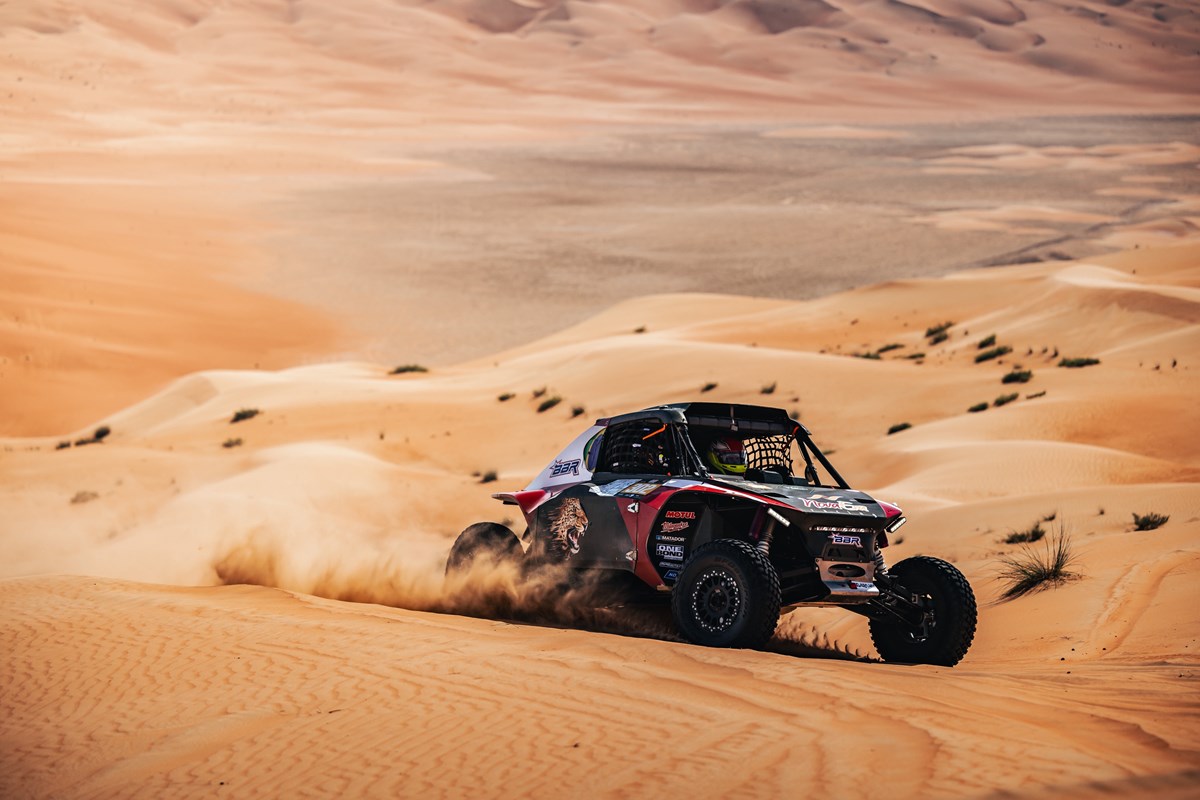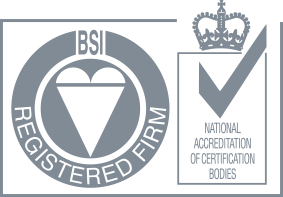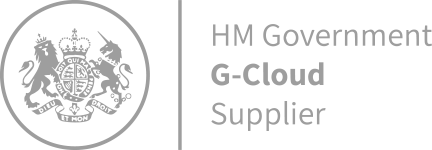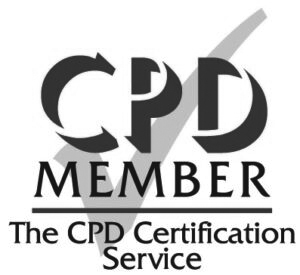
Desert Race Rescue Part 2: The Racing Line
28 April 2024The Abu Dhabi Desert Challenge has a course, but no track. For competitors finding their own way across the dunes, that brings risks of its own.
Where we’re going, we don’t need roads
Abu Dhabi Desert Challenge contestants race a course of over 2000km across the open desert. There’s no track, no white lines to stay within and precious few markings to denote the correct route. And you can forget GPS, the racers don’t even get a map. Instead, they’re issued with a ‘road book’ which describes the route in pictographic form and which they must continuously scroll through while negotiating the course as fast as possible, and reading the next instructions to be ready for what comes next (you can find an excellent video about this here, from Red Bull).
And that road book isn’t just there for navigation. This being a wilderness, and a desert, there are plenty of hazards that could trip up the unwary or even cause an incident or serious damage to a vehicle.
But it is avoiding damage to people that is of greatest importance to the Emirates Motorsports Organisation (EMSO), who are both the governing body for motorsport in the UAE and organise the Abu Dhabi Desert Challenge. Their focus is providing a safe race. That also means preparing for incidents should they occur, and making sure that medical care can be administered as quickly as possible, even at the remotest areas of the course.
“The Abu Dhabi Desert Challenge is a one-week event, but five of those days are in the desert, in the middle of nowhere," explained Dr Sean Petherbridge, the EMSO Chief Medical Officer. “We have about 90 competitors, half are cars and the other half are bikes, and they go off through the desert on stages that are between 200 and 300km.”
Reaction Time
With the EMSO team installed in Rally Control to oversee the race, Dr Petherbridge is responsible for ensuring that medical help is always on hand. In the open desert course, that’s a process which starts by finding the people in need, and only finishes once they’re delivered to a suitable medical facility. It’s called Search And Rescue, but to the professionals that do it for a living, it’s simply: ‘SAR’.
“Pre-hospital care is all about the right person, right place, right time and right kit,” he explained. “When you fall and break your femur, you need help fast, so timing, planning and communication are key.”
And when terrain is difficult and speed is a priority, going by air is the only viable solution. But delivering helicopter SAR is a skill in its own right, requiring specialist capabilities and its own safety processes. So EMSO have their own team of experts, coordinated by Abu Dhabi Desert Challenge SAR Chief, Marc Hurley.
“My role is to ensure the safety of the Search And Rescue Medical Team, the aircraft/flight crew and everyone on the ground whilst on operations."
Pre event training is by means of a Desert Challenge focussed document produced over 2 decades, outlining safety in and around the helicopters and what to expect when an alarm occurs, activating one or more of the SAR Teams.
Aircraft familiarisation and safety briefs are also carried out as soon as the helicopters arrive before medical kit is stowed and positions in the aircraft for the crew is determined.
The Helicopter SAR unit is provided with three helicopters by Abu Dhabi Aviation, usually Bell 412s. These robust aircraft are particularly suitable for landing in the rugged desert terrain of the Empty Quarter. They are also large and powerful enough to carry a wide range of medical equipment, as well as two pilots, and the SAR Medical Team comprising the SAR Crewman and between 3 and 5 medical specialists.
Location, Location, Location
The aircraft are staged around the course so that they are close to the racing, should an incident occur. The EMSO team also build out refuelling points at various locations around the desert to keep the aircraft topped up. With three aircraft shuttling between shared landing sites, fuel sites and hospitals, the airspace quickly becomes very busy.
For this reason, each aircraft is equipped with the Airbox ACANS system installed on lightweight tablet computers, to track the aircraft in real-time and share their position with crews on the other helicopters and with rally control.
“There’s very limited air traffic control out over the desert,” explained Dr Petherbridge. “So I was able to use Airbox to see where the aircraft were and the direction they were heading, and deconflict.”
In the aircraft themselves, Hurley also appreciated the awareness of other aircraft, particularly when the dusty atmospheric conditions over the desert made spotting other aircraft a challenge.
“Airbox allowed the SAR crewmen and therefore the pilots to know exactly where each Heli was at any time,” he said. “At one time when SAR1 and SAR2 [helicopters] passed each other head-to-head, Airbox was used to inform the pilots of distances between the helicopters and which side each aircraft would pass.”
Flight time or other planning considerations can also be communicated without having to ask the pilot for details of the aircraft’s position, speed or route. With flight planning a core function of ACANS, it’s all right there on the screen.
“The SAR crewman can give rally control accurate ETA’s (estimated times of arrival) to the scene of an incident, a hospital or any other waypoint,” said Hurley. "Which means we don’t have to distract the pilots during times of heavier workload such as taking off or whilst communicating with Air Traffic Control en route to the hospital”
The real-time picture is about much more than simply keeping aircraft safe though, as Dr James McBride explained. He’s the Chief Medical Officer for the Abu Dhabi Desert Challenge.
“It’s very noisy, no matter what you’re doing on the aircraft.It’s not ideal to be getting all the information by voice.”
But with the SAR medics, pilots and rally control equipped with ACANS tablets, everyone can see what the others are doing in real-time, and allowing each to concentrate on their own role, knowing that the other team members can see precisely what they are doing.
“It’s sort of communicating without having to communicate,” said Dr McBride. “It's one less thing you need to discuss over the radio.”
And it’s not just the noise that makes relying on radios problematic for the EMSO SAR teams.
“When [the aircraft] are shut down, there are no inter aircraft comms,” explained Hurley. "So, the positioning of the other helicopters would be largely unknown to the crew on the ground.”
While it displays the real-time location of their colleagues, the racing cars are tracked using a different system in rally control. With cars and bikes travelling at high speeds across open dunes, behind which a SAR helicopter might have landed, it is critical to have open lines of communication in case other safety systems break down.
And with a secure messaging system built in, ACANS provides yet another backup in an operation that depends not only on communication but on robust redundancy.
Planning for success
And there are good reasons for the EMSO team’s commitment to redundancy, seemingly no matter how unlikely the scenario.
Even operating in the dust and heat of the desert, the helicopters themselves are highly reliable. But in 2024, when one of the primary helicopters suffered a technical hitch, the EMSO team swung seamlessly to ‘Plan B’, swapping in a Leonardo AW139.
Changing to a different type of helicopter is not a small undertaking, requiring pilots and crew qualified on that specific type, and needing equipment to be moved and secured in the replacement aircraft. To maintain the link back to rally control though, it was simply a case of taking the ACANS tablet to the new helicopter.
“We had one aircraft go unserviceable for a day and a half, and we replaced it with an AW139,” explained Dr Petherbridge. “We found a crewman who also works for the SAR service who I knew and had also been on my team before.”
These kinds of capabilities and contingency plans are part of what has enables EMSO to keep the Abu Dhabi Desert Challenge a safe event. Their training and preparation are critical components of their ability to plan ahead and solve problems before they arise.
But when the job is as complex as helicopter SAR in the middle of a desert, they also need to be able to plan and react in-the-moment too, and here it is their years of experience and their ability to communicate that makes the difference.
“I got involved with the Abu Dhabi Desert Challenge 20 years ago, so I’ve been involved in the development of everything that we do,” said Hurley. “I started using ACANS last year and I’ve definitely relied on it more this year. Airbox has provided a massive improvement to the safety of the SAR medical team and has reduced the time it takes for us to respond to an alarm, therefore reaching the injured competitor even quicker. These are the two things we always strive to improve on, safety and speed, ACANS helps us achieve that primary goal."
Next time, we look at how the EMSO SAR team is set up, how they work together when an incident happens, and how future technology will create an even more effective service.






